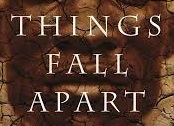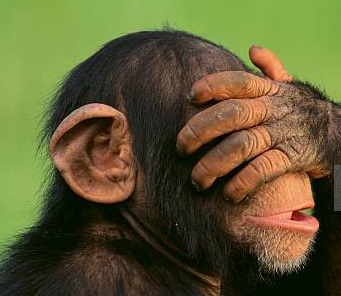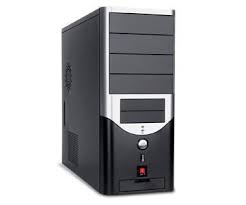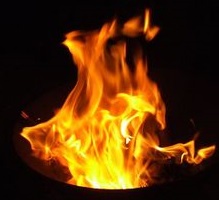Lesson Note on Measurement Physics: Without measurements, they’ll be no Physics. So how do we take measurements? Although measurements cannot be perfectly accurate, we take certain steps to increase precision. We note the Reading Accuracy of the instrument and record the measurement in the Correct Number of Significant Figure. To increase accuracy of measurements, we take them multiple times and find the average value. Every instrument is calibrated or graduated using small lines. The smallest graduation i.e. the distance between two lines directly following each other is known as the Reading Accuracy. The reading accuracy is the smallest possible accurate measurement you can take using an instrument
We record the result stating the precision or Estimated Uncertainty . Example: a measurement of 5.07 g ± 0.02 g means that the experimenter is confident that the actual value for the quantity being measured lies between 5.09 g and 5.05 g. 0.02 here is the uncertainty in the measurement. The uncertainty is the experimenter’s best estimate of how far an experimental quantity might be from the “true value.”
Lesson Note on Measurement Physics (Measuring Length)
What instrument would you use to measure the length of your book? Meter rule. Other instruments for measuring length are callipers, vernier callipers and a micrometer screw guage.
How do we know when to use each instrument?
Every object that you want to measure must be larger than the reading accuracy of the instrument you are using.
Other factors to consider are shape of the object to be measured. If an object is circular, a straight instrument wouldn’t work very well. When using a metre rule, look vertically downwards at the markings to avoid parallax errors. Parallax error is the apparent displacement of an object caused by a change in the position from which it is viewed.
| Instrument | Reading Accuracy | What to measure |
| The Metre Rule | 0.1 cm | Large distances e.g the length of a notebook, the length of a field etc |
| Vernier Callipers | 0.01 cm | Small lengths e.g the thickness of a metre rule, internal and external diameters of a tube, diameter of a rod etc |
| Micrometer Screw Guage | 0.001 cm | Smaller lengths e.g the diameter of a wire, the diameter of a small ball etc |
Meter rule and Measuring Tape
- A meter rule is used to measure medium lengths i.e. 0 to 1m. It has an accuracy of 0.1cm.
- A measuring tape is used to measure long lengths i.e. 0 to 100m . It has an accuracy of 0.1 cm
Reading both tape and rule is very simple and easy. Parallax error is the main type of error asked about in the exams. Parallax error is the error caused due to noting the reading from the side of the Tape or the Rule. The reading should always be taken by keeping your eye perpendicular and directly above the reading.

Vernier Caliper (Lesson Note on Measurement Physics)
Vernier caliper is used to measure short lengths i.e. 0 to 15 cm. It is accurate to 0.01 cm. A pair of vernier calipers consists of a Main Scale and a Vernier Scale as shown in the diagram below.

- Reading of main scale = 2.2cm
- Reading of vernier scale = 0.07cm
- Reading of the vernier caliper = 2.27cm
Micrometer
Micrometer is used to measure very short readings i.e. 0 to 2.5cm. it has an accuracy of 0.001cm or .01 mm. Micrometer has two scales, main scale (on the sleeve) and the circular scale (on the thimble ). Each division on the main scale represents 1 mm while each division on the thimble represents a distance of 0.01mm.
How to take reading
- Turn the thimble until the object is gripped gently.
- Read the main scale on the sleeve. This reading would be in millimeters. In the diagram below, the reading is 5.5mm
- Then read the line on the circular scale that coincides with the line on the main scale. In the diagram below, the 28th line on the circular scale coincides with the line. So, the reading would be 0.28mm.
- Then add 5.5 with 0.28 and you will obtain your answer in millimeters

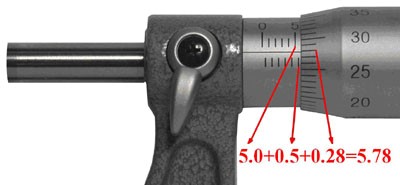
Lesson Note on Measurement Physics (Measuring Volume)
Volume measures how much space an object occupies. Sometimes you might hear questions like “what is the capacity of a box?” or “how much can the box hold?” You can assume that these questions will need a volume to be calculated. Units commonly used to measure the volume of objects include, litres(L), mililitres (mL), cubic metres (m3), cubic millimetres (mm3) and cubic centimetres(cm3).
Measuring Volume
| Volume to be measured | How to measure |
| Rectangular Block | Measure the length, breadth and height and multiply |
| Irregular Solid | Immerse completely in a measuring cylinder containing a liquid. The volume of the liquid displaced is the volume of solid |
| A sphere | Measure the diameter with a micrometer screw guage and obtain the volume by volume =(4/3)𝜋(d/2)3 |
| Cylindrical wire | We measure the length of the wire using a metre rule and the diameter of the wire at different points using a micrometer screw guage. Volume =𝜋r2l |
Lesson Note on Measurement Physics (Measuring Mass and Weight)
Mass is the amount of matter contained in a body. Mass is measured is measured in kilograms.
Weight is the force of gravity pulling you towards the earth’s centre. Mass is measured with a beam or chemical balance or lever balance and weight is measured with a spring balance.
The reading accuracy of the beam balance is 0.001g and uses the principal of moments. The spring balance uses Hooke’s law.
Lesson Note on Measurement Physics (Measuring Time)
Time is a dimension in which events can be ordered from the past through the present to the future. Time has various units some of which are the solar day, hours, minutes, seconds etc. Time is measured with stop watches and clocks. The accuracy of a stop watch is 0.1 seconds.
Related post:
LESSON NOTES ON ELECTROMAGNETIC INDUCTION
Solve more physics via the link below:




